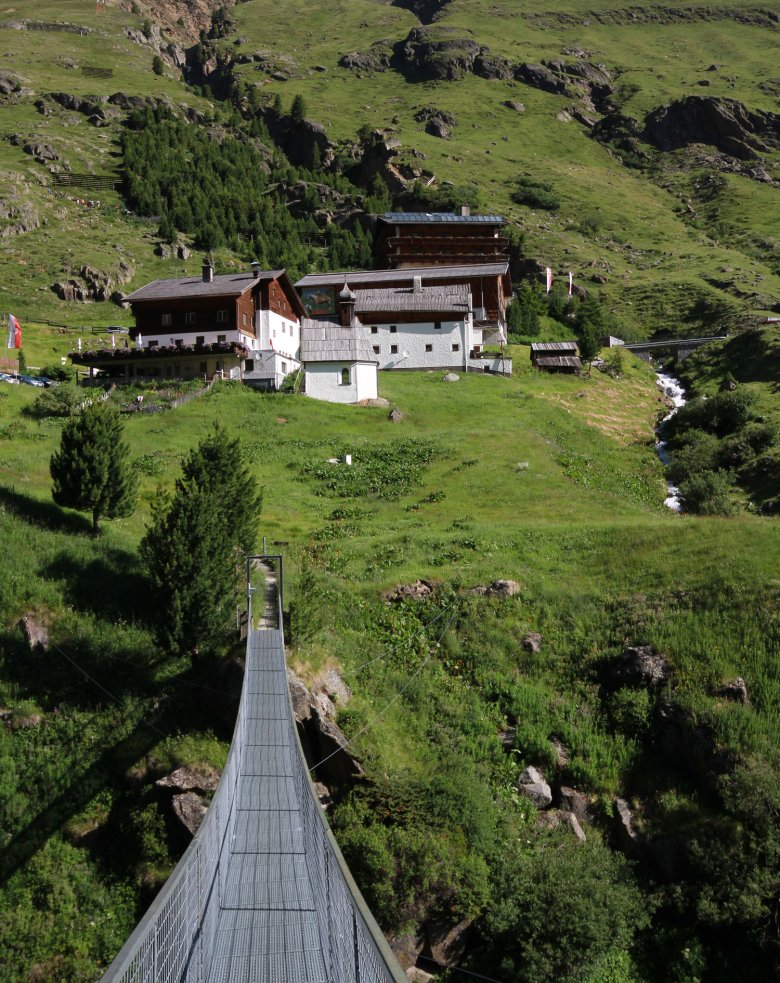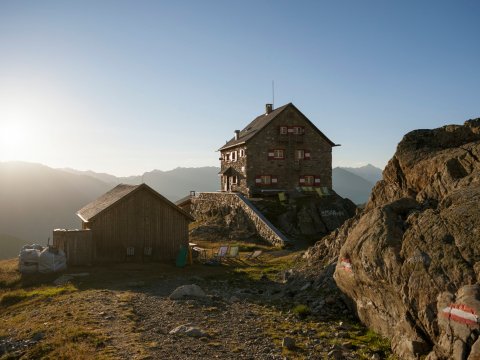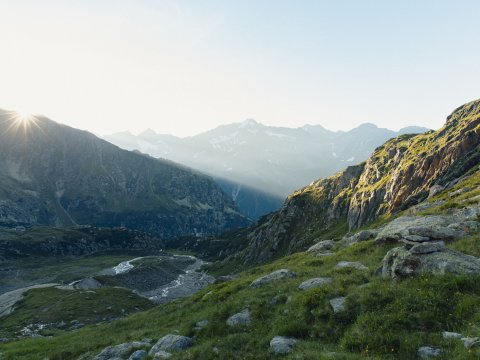Five Slow Tourism Spots in Tirol
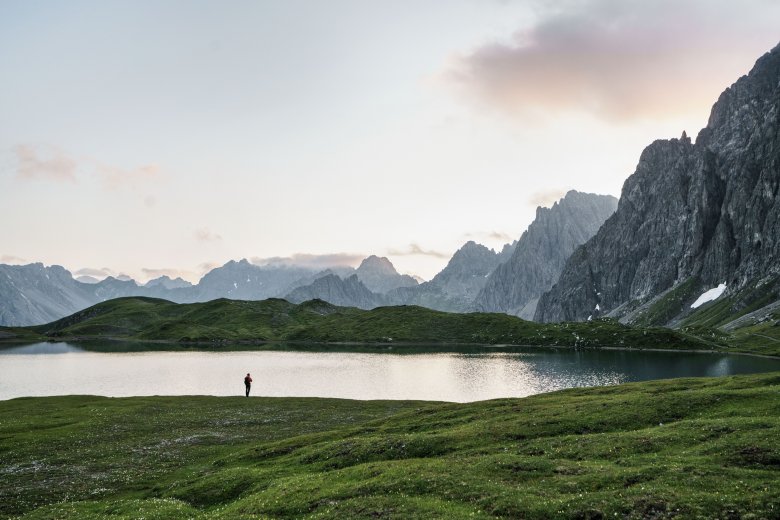
The parallel world: Gschnitztal Valley
The Gschnitztal Valley is a haven of peace and quiet, yet just 9.7 kilometres away as the crow flies from the Brenner Pass, where every day 40,000 cars cross the border between Austria and Italy. Despite its geographic proximity, this mountain pass used for thousands of years as a key north-south transit axis feels a million miles away from Gschnitz with its 460 inhabitants and eye-catching baroque paintings. The village itself is surrounded by towering mountains stretching almost 3,000 metres into the sky. While the valley floor is flat and narrow, to the east, west and south visitors cannot help but be blown away by the sheer rock faces shaped by the glaciers of the last Ice Age. This topography – steep forests and meadows giving way to craggy peaks – is one of the reasons why ski lifts were never built here. In winter, however, there is a large network of well-maintained cross-country skiing trails throughout the valley.

The classic: Sellrain
Sellrain, a village half way between Innsbruck and Kühtai, has been a pioneer of slow tourism for many years. Since the 1980s, Sellrain has been an officially recognised Mountaineering Village and part of the Stubai Alps Nature Reserve. Visitors will soon realise why – the panorama that awaits here is like something you would expect to see in the Alps 100 years ago: lush meadows with piles of hay drying on traditional wooden supports. A number of dairy farms in Sellrain and the nearby Fotschertal Valley offer delicious homemade cheese.

The rocky retreat: Steinberg am Rofan
Hands up, who knows where the Brandenberg Alps are? No? Exactly. That’s what makes the Rofan Mountains, as the surrounding area is know, the perfect place to get away from it all. Located just 15 kilometres from Lake Achensee, Steinberg am Rofan is a village home to less than 300 people. The main attraction here is nature itself. Visitors can decide whether they want to kick back and relax or head for the heights. Activities down in the valley include walking and fishing in the Steinberger Ache river. The famous architect Bernardo Bader created a state-of-the-art wooden building in the centre of the village which blends in perfectly with the surroundings. It includes a restaurant, café, farm shop and concert hall. In winter, Steinberg am Rofan has its own ski area. With just one kilometre of slopes, it is the smallest anywhere in Tirol – perfect for beginners and families.
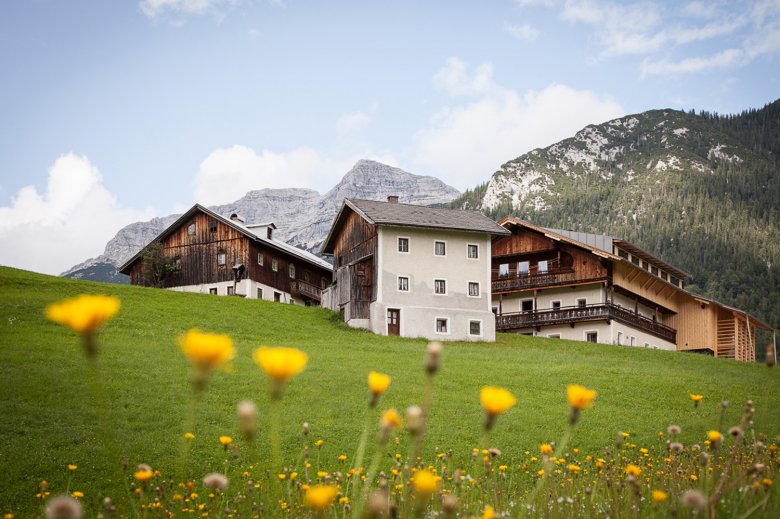
The bird’s eye view: Lechtal
The Lech Valley is dominated by the Lech river, one of the last remaining untamed rivers in Europe. All 14 villages in the valley are a million miles away from the hustle and bustle of cities like Innsbruck. Instead, they offer the perfect surroundings to get away from it all and enjoy the majesty of nature. Highlights include the 200-metre-long and 110-metre-high hanging footbridge in Holzgau. The valley also has a nature park covering 42 square kilometres popular with families and nature lovers. The proximity of the river makes the Lech Valley a great place for bird-watching. Species native to the area include the common sandpiper and little ringed plover, which can often be found on the gravel banks – up to 500 metres wide in places – between Stanzach and Reutte. Those who want to swap slow living for the fast life can take part in one of the rafting adventures on the rushing river.

The high alpine haven: Vent
What we call slow tourism today actually goes back to a concept of tourism developed by pastor Franz Senn. While living in the hamlet of Vent in the Ötztal Valley, Senn produced writings on how to live in harmony with nature. He would later go on to create the German Alpine Club. Since his stay in 1860, the local population here at 1,900 metres have placed great importance on looking after the beautiful landscape they are lucky enough to call home. Holidaymakers will find rest, relaxation and total peace. Vent is also the starting point of the Venter Runde trek as well as many other walks and hikes in the surrounding mountains. Many of the peaks were first conquered by none other than Franz Senn himself.
